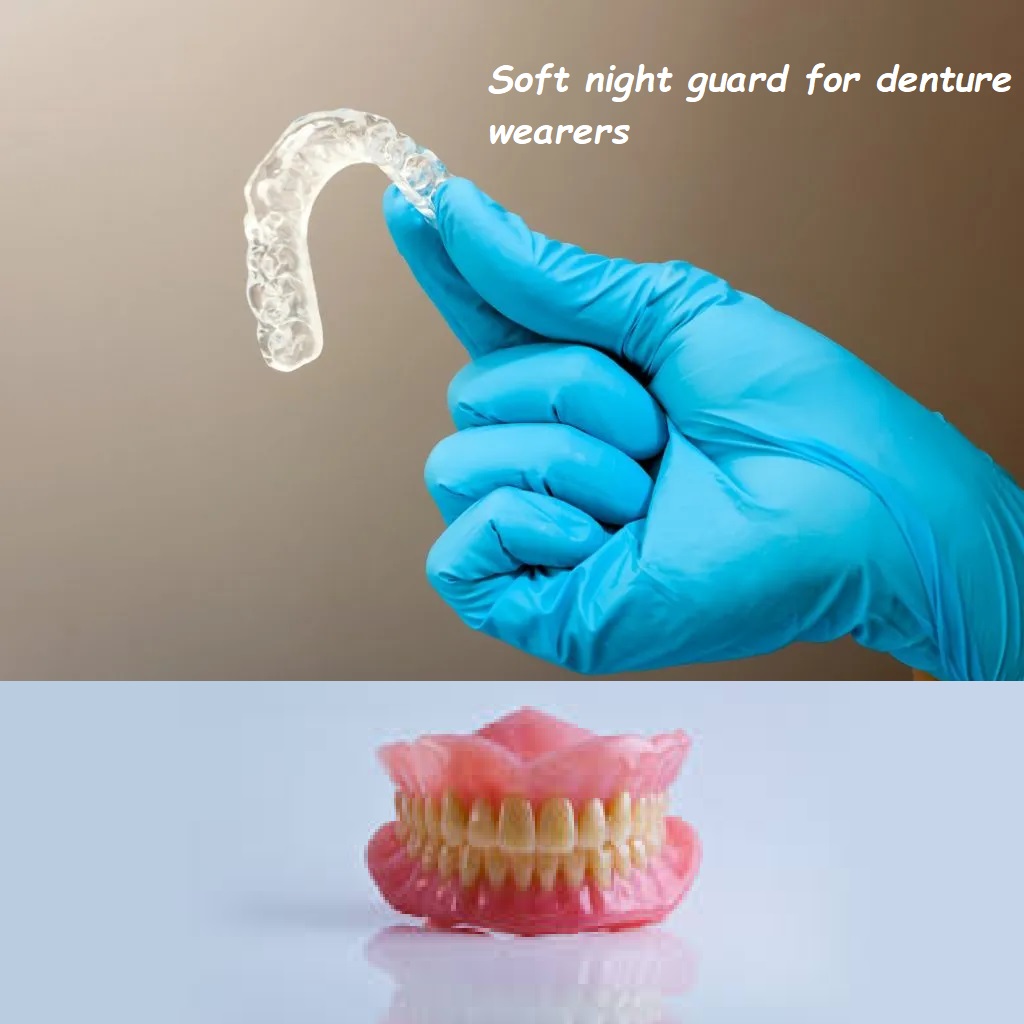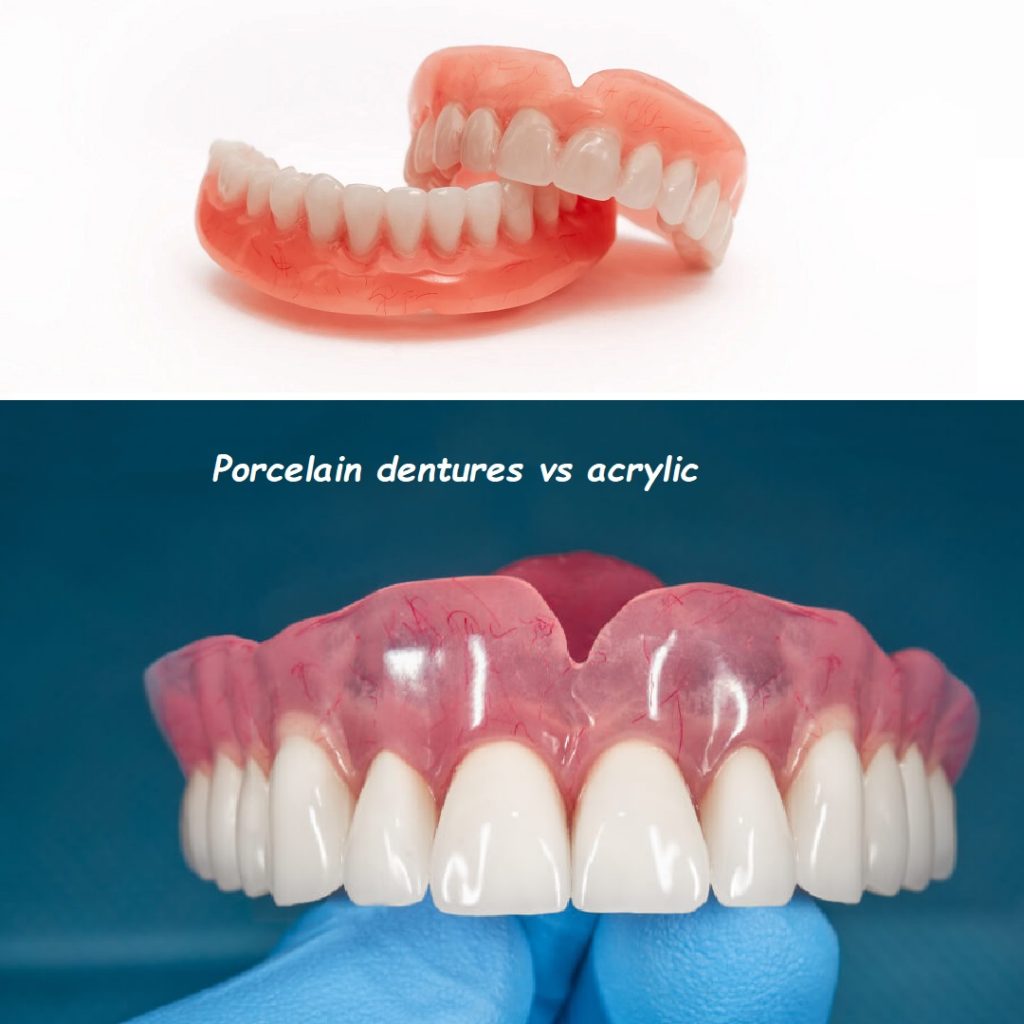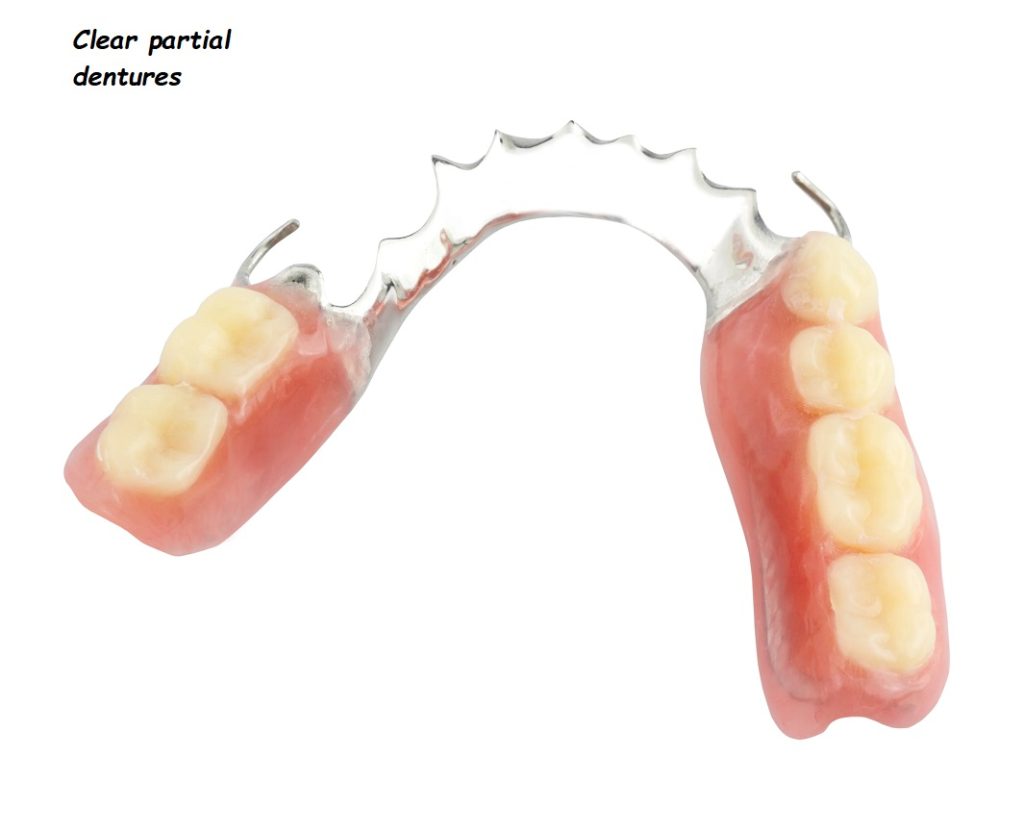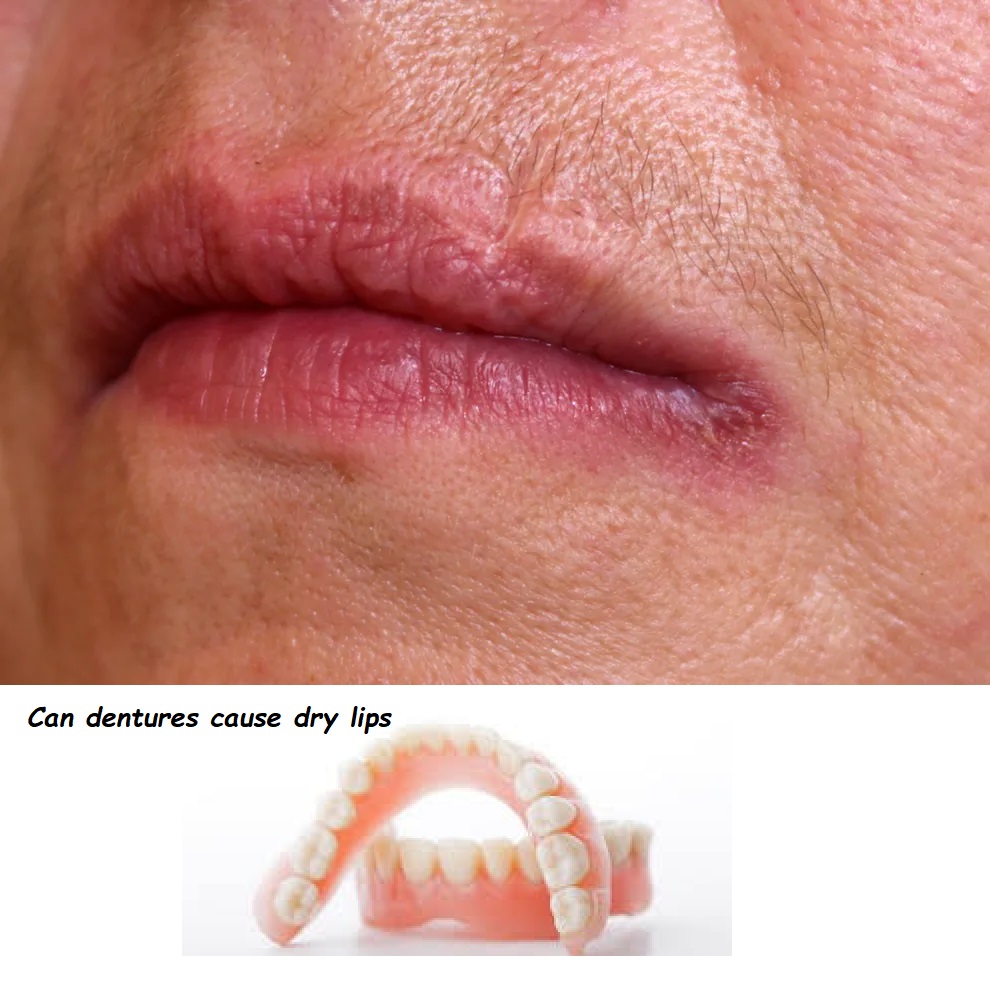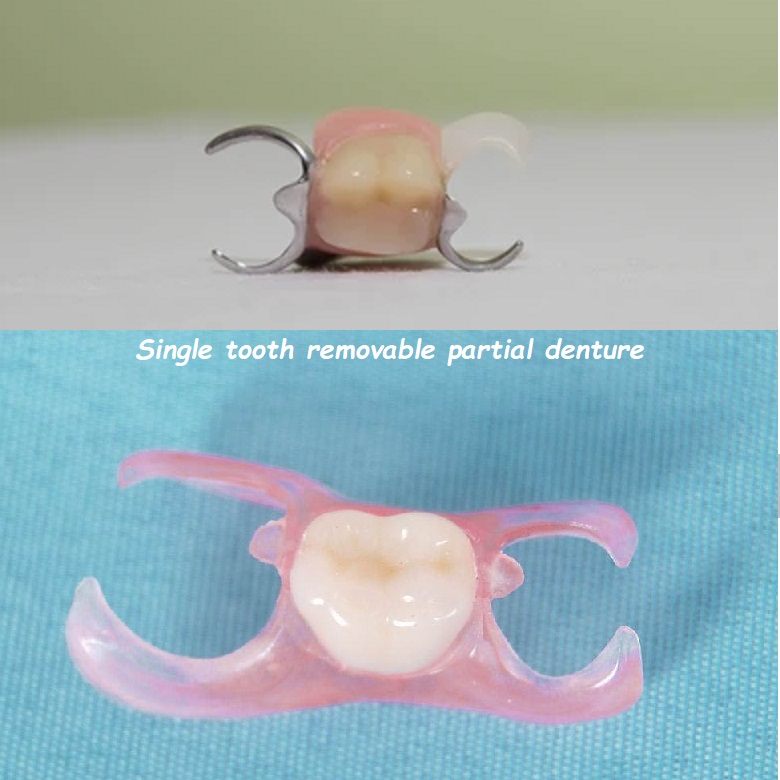bridge abutment
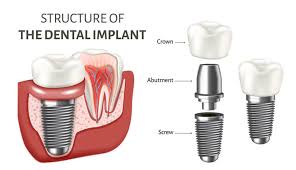
Abutment Dental Procedures
In the realm of dental restorations, the term “abutment dental” plays a pivotal role. Abutments are integral components in various dental procedures, most notably in dental implant systems. This article will delve into the intricacies of abutments, exploring their types, functions, and significance in modern dentistry. Whether you are a dental professional or a patient seeking in-depth knowledge, this guide will provide a thorough understanding of abutment dental procedures.
What is an Abutment in Dentistry?
An abutment in dentistry refers to a connector, placed on top of a dental implant, that serves as a base for the attachment of dental prosthetics such as crowns, bridges, or dentures. The abutment plays a crucial role in ensuring the stability and functionality of these prosthetics, ultimately contributing to the overall success of dental restoration treatments.
Types of Abutments
Abutments can be categorized based on their material, design, and application. Here are the primary types:
1. Standard Abutments
Standard abutments are prefabricated and come in various sizes and shapes. They are often used in straightforward dental implant cases where there is sufficient bone support and no need for customization. These abutments are cost-effective and widely used in dental practices.
2. Custom Abutments
Custom abutments are tailored to fit the specific needs of a patient. They are designed using digital impressions and computer-aided design/computer-aided manufacturing (CAD/CAM) technology. Custom abutments offer a precise fit, optimal aesthetics, and better support for the final restoration, making them ideal for complex cases.
3. Angled Abutments
Angled abutments are designed with a specific angulation to accommodate implants that are placed at an angle. This type of abutment is useful in cases where bone density or anatomical structures necessitate angled implant placement. Angled abutments help in achieving proper alignment and occlusion.
4. Multi-Unit Abutments
Multi-unit abutments are used in cases where multiple implants need to be connected to support a larger prosthetic, such as an implant-supported bridge or denture. These abutments provide a stable foundation and ensure even distribution of forces across the implants.
Materials Used in Abutment Dental
The choice of material for an abutment dental is crucial for its durability, biocompatibility, and aesthetic appeal. Common materials include:
1. Titanium
Titanium is the most widely used material for abutments due to its excellent biocompatibility, strength, and corrosion resistance. It integrates well with bone and soft tissues, reducing the risk of allergic reactions or implant failure.
2. Zirconia
Zirconia abutments are preferred for their superior aesthetic qualities. They are tooth-colored and blend seamlessly with natural teeth, making them ideal for use in the anterior region of the mouth. Zirconia is also biocompatible and strong, although it may not be as flexible as titanium.
3. Gold
Gold abutments offer a high level of precision and are highly biocompatible. They are less commonly used today due to their high cost and the preference for tooth-colored materials in visible areas. However, gold abutments remain an option for certain cases, especially in the posterior region.
The Role of Abutments in Dental Implant Procedures
Abutments are integral to the success of dental implant procedures. Here is a step-by-step overview of their role:
1. Implant Placement
The dental implant, typically made of titanium, is surgically placed into the jawbone. This serves as the root of the new tooth. The implant undergoes a process called osseointegration, where it fuses with the bone over several months.
2. Abutment Placement
Once osseointegration is complete, the abutment is placed on top of the implant. This requires a minor surgical procedure where the gum tissue is opened to expose the implant. The abutment is then secured onto the implant, extending above the gum line.
3. Impression Taking
With the abutment in place, an impression of the abutment and surrounding teeth is taken. This impression is used to create the final restoration, whether it be a crown, bridge, or denture. The precision of this impression is critical for ensuring a perfect fit.
4. Restoration Attachment
The final step involves attaching the dental restoration to the abutment. This can be done using dental cement or screws, depending on the type of restoration and abutment used. The restoration is then adjusted for fit, function, and aesthetics.
Advantages of Using Abutments
Utilizing abutments in dental implant procedures offers numerous benefits:
1. Stability and Support
Abutments provide a stable base for dental restorations, ensuring they remain securely in place. This stability is essential for maintaining proper bite function and preventing movement or shifting of the prosthetic.
2. Aesthetic Integration
Custom abutments, especially those made from zirconia, offer superior aesthetic integration. They can be designed to match the color and contour of natural teeth, resulting in a seamless and natural-looking smile.
3. Improved Oral Health
By supporting dental restorations, abutments help in distributing chewing forces evenly across the implants. This prevents excessive stress on individual implants and surrounding bone, reducing the risk of implant failure and bone resorption.
4. Versatility
Abutments can be used in a variety of dental restoration cases, from single tooth replacements to full-arch restorations. Their versatility makes them a valuable tool in modern implant dentistry.
Challenges and Considerations
While abutments offer numerous advantages, there are also challenges and considerations to keep in mind:
1. Gum Tissue Health
Proper healing and health of the gum tissue around the abutment are crucial. Poor oral hygiene or improper placement can lead to peri-implantitis, an inflammatory condition that can compromise the implant.
2. Material Selection
Choosing the right material for the abutment is essential. Factors such as the location of the implant, aesthetic requirements, and patient allergies must be considered to ensure the best outcome.
3. Cost
Custom abutments and those made from premium materials like zirconia or gold can be more expensive than standard titanium abutments. Patients should be informed about the cost implications and benefits of different abutment options.
Innovations in Abutment Dental Technology
Advancements in dental technology continue to enhance the design, fabrication, and functionality of abutments. Here are some notable innovations:
1. Digital Impressions and CAD/CAM Technology
Digital impressions and CAD/CAM technology have revolutionized the design and fabrication of custom abutments. These technologies allow for precise measurements, improved fit, and faster turnaround times for creating abutments and restorations.
2. 3D Printing
3D printing is increasingly being used to create abutments with intricate designs and precise dimensions. This technology offers greater flexibility in customizing abutments to meet the unique needs of each patient.
3. Surface Treatments
Advanced surface treatments, such as laser etching and coating, are being applied to abutments to enhance their integration with soft tissues and improve their long-term stability. These treatments can also reduce the risk of bacterial adhesion and infection.
Conclusion
Abutments are a cornerstone of successful dental implant procedures, providing the necessary support and stability for dental restorations. Understanding the different types of abutments, their materials, and their role in the implant process is crucial for both dental professionals and patients. With ongoing advancements in technology, the future of abutment dental procedures looks promising, offering even greater precision, aesthetics, and patient satisfaction.
Whether you are considering dental implants or are a dental professional seeking to enhance your practice, a thorough knowledge of abutments is essential. By leveraging the latest innovations and selecting the right abutment for each case, you can achieve optimal outcomes and help patients enjoy the benefits of a restored, healthy smile.
What is a Dental Abutment?
A dental abutment is a crucial component in restorative dentistry, particularly in the context of dental implants and bridges. It is a connector, typically made of titanium, zirconia, or gold, that links the dental implant, which is surgically placed into the jawbone, to the final dental restoration, such as a crown, bridge, or denture. The abutment is attached to the implant fixture via a screw, providing a stable base for the prosthetic tooth. Its primary role is to support and retain the artificial tooth, ensuring it functions and looks like a natural tooth.
What is Abutment and Pontic?
In dental terminology, an abutment and a pontic are components of a dental bridge.
- Abutment: This is a natural tooth or a dental implant that provides support for the bridge. In the case of a natural tooth, it is usually crowned to provide a solid anchor for the bridge.
- Pontic: This is the artificial tooth that fills the gap created by a missing tooth. It is attached to the abutment teeth or implants and rests on the gum.
The combination of abutments and pontics forms a dental bridge, which helps restore function and aesthetics to a patient’s smile by replacing missing teeth.
Is Dental Implant Abutment Painful?
The placement of a dental implant abutment itself is generally not painful, as it is typically performed under local anesthesia. Patients might feel some pressure or mild discomfort during the procedure. Post-procedure, it is common to experience some soreness, swelling, or minor discomfort around the area for a few days, which can usually be managed with over-the-counter pain medications and following post-operative care instructions provided by the dentist.
Is an Abutment the Same as a Crown?
No, an abutment is not the same as a crown.
- Abutment: This is the connector placed on top of a dental implant to hold and support a crown, bridge, or denture.
- Crown: This is the artificial tooth that is placed on top of the abutment. It mimics the shape, size, and function of a natural tooth.
Together, the abutment and crown work to restore the full function and appearance of a missing tooth.
Is Abutment Permanent?
A dental abutment is intended to be a permanent fixture once placed. It is securely attached to the dental implant with the expectation that it will remain in place for many years, provided proper oral hygiene and regular dental check-ups are maintained. However, like any dental component, it can occasionally require adjustments or replacement due to wear, damage, or other complications.
What is the Purpose of the Abutment?
The primary purpose of a dental abutment is to provide a stable and secure connection between the dental implant and the final restoration (crown, bridge, or denture). It plays a critical role in:
- Support: It supports the prosthetic tooth, ensuring it remains securely in place.
- Stability: It offers a stable base for the restoration, allowing for normal biting and chewing functions.
- Alignment: It helps in aligning the prosthetic tooth with the surrounding natural teeth for a harmonious and natural appearance.
What is the Difference Between Abutment and Pier?
In dentistry, an abutment and a pier refer to different structures with specific functions:
- Abutment: As previously discussed, this is a connector used in dental implants and bridges to support and retain the prosthetic teeth.
- Pier: In the context of dental bridges, a pier abutment refers to a natural tooth located between two missing teeth that supports a bridge. Essentially, it acts as a middle support in a multi-unit bridge.
What is the Difference Between Abutment and Retainer?
An abutment and a retainer are terms used in restorative dentistry, but they have distinct roles:
- Abutment: This is a component of dental implants or bridges, providing a base for the prosthetic teeth.
- Retainer: This is a dental appliance used primarily in orthodontics to maintain the position of teeth after orthodontic treatment. It can also refer to the structures in a dental bridge (abutment teeth) that retain the prosthetic teeth in place.
What is a Pontic?
A pontic is an artificial tooth used in a dental bridge to fill the space of a missing tooth. It is supported by abutment teeth or dental implants on either side of the gap. Pontics come in various shapes and materials, designed to blend seamlessly with natural teeth and restore the functionality and aesthetics of the patient’s smile.
What Happens After Abutment?
After the abutment is placed, the following steps typically occur:
- Healing: The gum tissue around the abutment will heal, forming a seal around it. This can take a few weeks.
- Impressions: Once healed, the dentist will take impressions of the abutment and surrounding teeth to create a custom-fit crown, bridge, or denture.
- Restoration Placement: The final restoration is fabricated in a dental lab and then attached to the abutment, completing the dental implant process.
Can a Dental Abutment Fall Out?
A dental abutment is designed to be securely attached to the dental implant. However, in rare cases, it can become loose or fall out due to:
- Improper placement: If the abutment was not properly secured initially.
- Excessive force: Chewing hard foods or trauma can dislodge the abutment.
- Implant failure: If the underlying implant fails, the abutment can also become loose.
If an abutment falls out, it is essential to visit the dentist promptly to address the issue.
Can an Abutment Come Loose?
Yes, an abutment can come loose, though it is uncommon. Possible reasons include:
- Loosening of the screw: The screw connecting the abutment to the implant might become loose over time.
- Bone loss: If there is significant bone loss around the implant, the stability of the abutment can be compromised.
- Infection: Peri-implantitis or other infections can weaken the connection.
Regular dental check-ups and good oral hygiene practices can help prevent these issues and ensure the long-term stability of the dental abutment.


